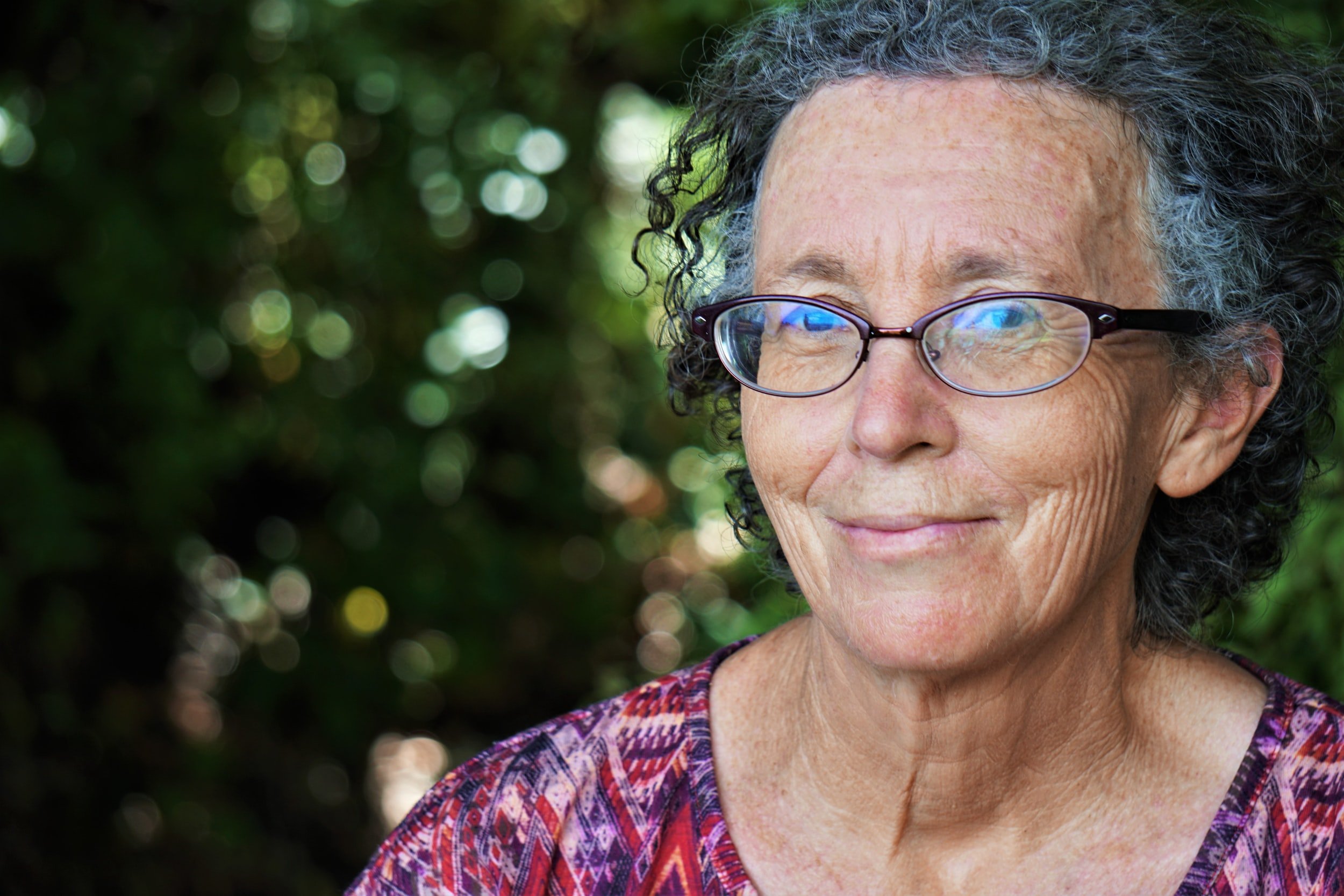Student Writers’ Groups
by Maria K. E. Lahman, Ph.D.
Maria Lahman was the Mentor in Residence for November, Academic Writing Month (AcWrMo.) She is a professor at The University of Northern Colorado in the Department of Applied Statistics and Research Methods, where she teaches qualitative research methods. A version of this blog entry was originally published in Lahman, M. K. E. (2022), Writing and Representing Qualitative Research, SAGE Publications. She is also the author of the relevant text, Ethics in Social Science Research: Becoming Culturally Responsive. Use the code COMMUNIT24 for 25% off through December 31, 2024.
Writers’ groups in higher education usually consist of informal groups of students who may band together for an assignment or formalize their group as they work toward longer writing pieces, such as a thesis or dissertation. These groups can be a source of support in dealing with the writing process and facing the daunting challenge of degree attainment. Some students have continued to write with group members as they moved into their first professor position.
Writing groups can also waste time through too much socializing, complaining, undermining others, and providing a false sense of productivity. When I was a doctoral student, I was invited to join a writing group with other dynamic and engaging students. However, I had to curtail the time we spent together since the group did little writing and mostly socialized and complained. While I completely understand the need for venting, I already had venues for that in my life and needed a writing group. My support system finally crystallized into a group of just three students who supported one another in transitioning to more sophisticated technology, getting through statistics classes, writing, and editing. One member of the group is the person who tipped me off about the fantastic job I now have as a qualitative research professor.
There are various types of writers’ groups in academia. To help graduate students consider how a writing group might support their writing experience, I form writers’ groups in the qualitative research writing course I teach. Each group consists of three to four students depending on the size of the course. Students may privately indicate course members they wish to be with and anyone they do not want to be in a group with. However, I encourage working in an interdisciplinary group since many students have only had the opportunity to receive feedback on their writing from people aligned with them in beliefs and training. Most students tell me I can group them with any other student in the class.
Feedback to a Writers’ Group
I ask the groups to
· create a calendar of who will submit what and when.
· use the internet for communicating feedback and editing—Google Docs, email, or the course platform—and provide feedback using technology (e.g., the comment function and track changes).
· creates guidelines for how feedback will be given.
· at the start of each meeting, update other members regarding what you have written since the last meeting.
· end each group by taking a few minutes to write down and share with other members writing objectives or goals for the next meeting.
An example of critique guidelines—a group indicated they would give feedback with the sandwich method. The bread is the positive components of the feedback, and the filling is feedback regarding areas to consider and changes needed—positive feedback first, then constructive criticism, then positive feedback. Other groups have created specific criteria.
Forming a Writers’ Group
Writing groups vary in frequency from meeting once a week to twice a month for two to three hours. While a writers’ group needs only two members, three to four works well in case someone cannot keep up with commitments for a while and to add a diverse perspective. Each member needs to be comfortable taking their turn to contribute a piece of writing and committing to provide feedback to everything that is submitted.
Comment below with ideas for writers’ groups that have worked for you!
Resources
Durst, R. K. (1992). A writer’s community: How teachers can form writing groups. In K. L. Dahl (Ed.), Teacher as writer: Entering the professional conversation (pp. 261–271). National Council of Teachers of English.
Lisle, H. (n.d.). The good, the bad, and the ugly, or how to choose a writers’ group. https://hollylisle.com/the-good-the-bad-and-the-ugly-or-how-to-choose-a-writers-group/



















Maria Lahman offers tips to help you hone your academic writing